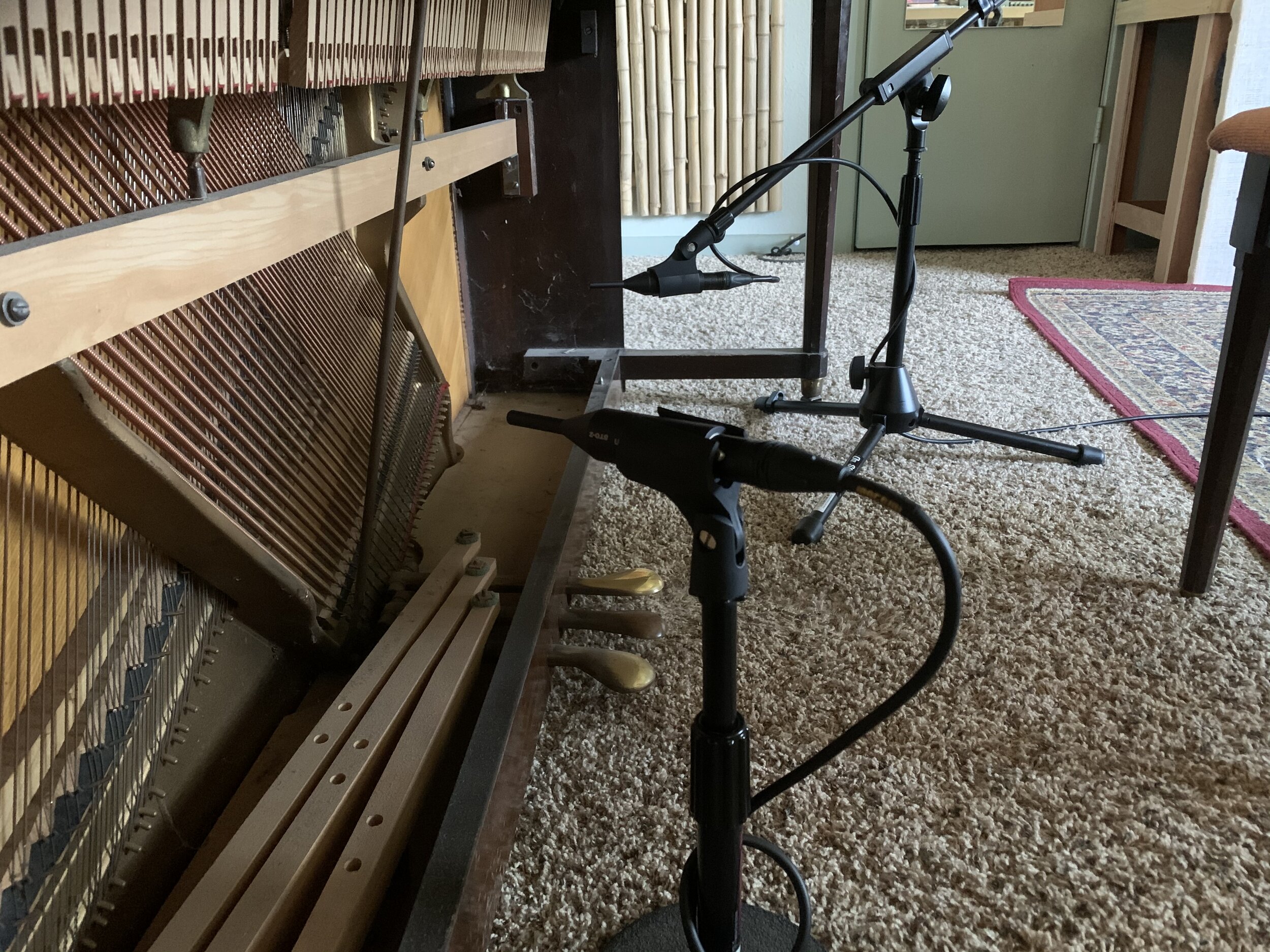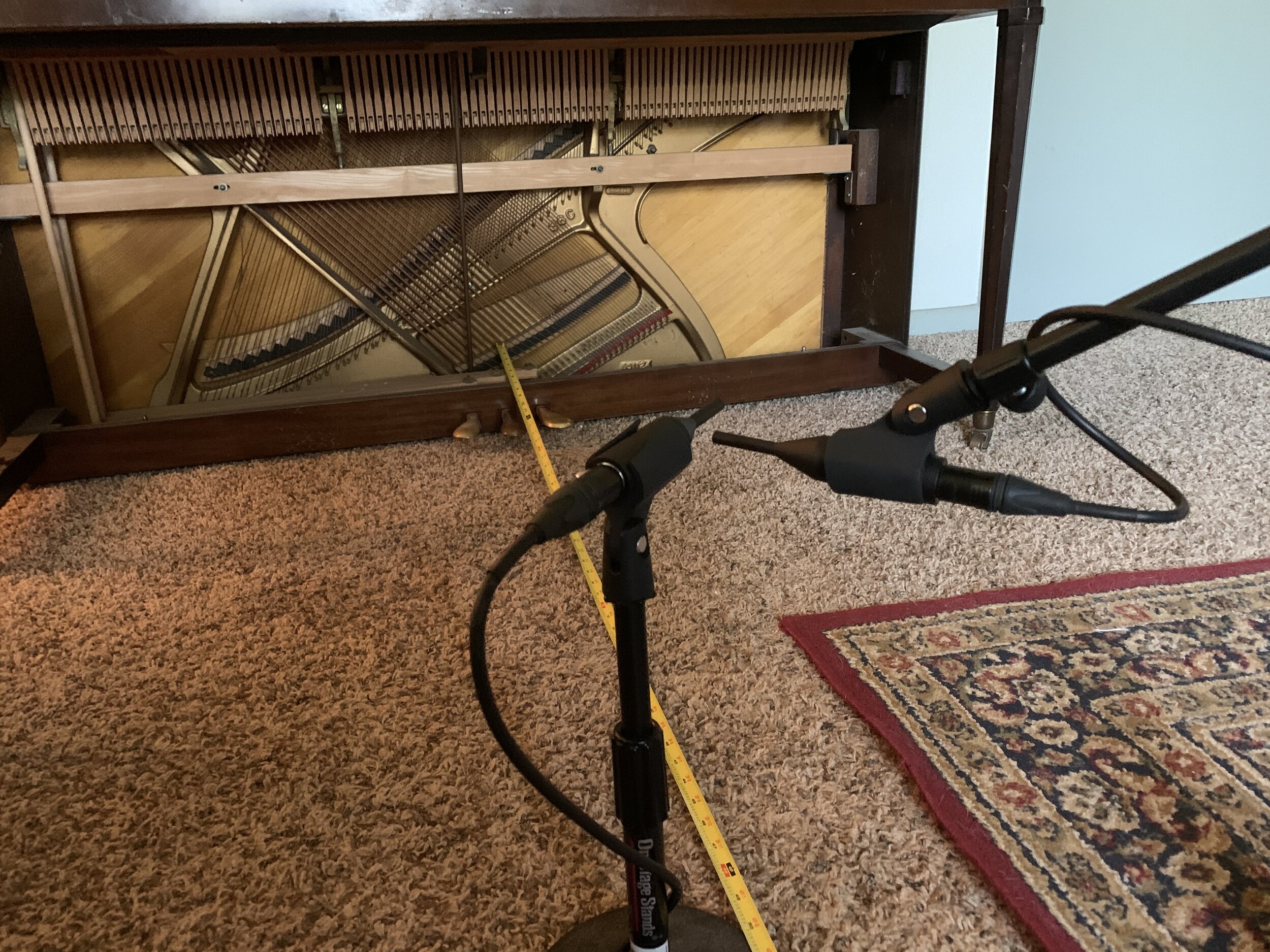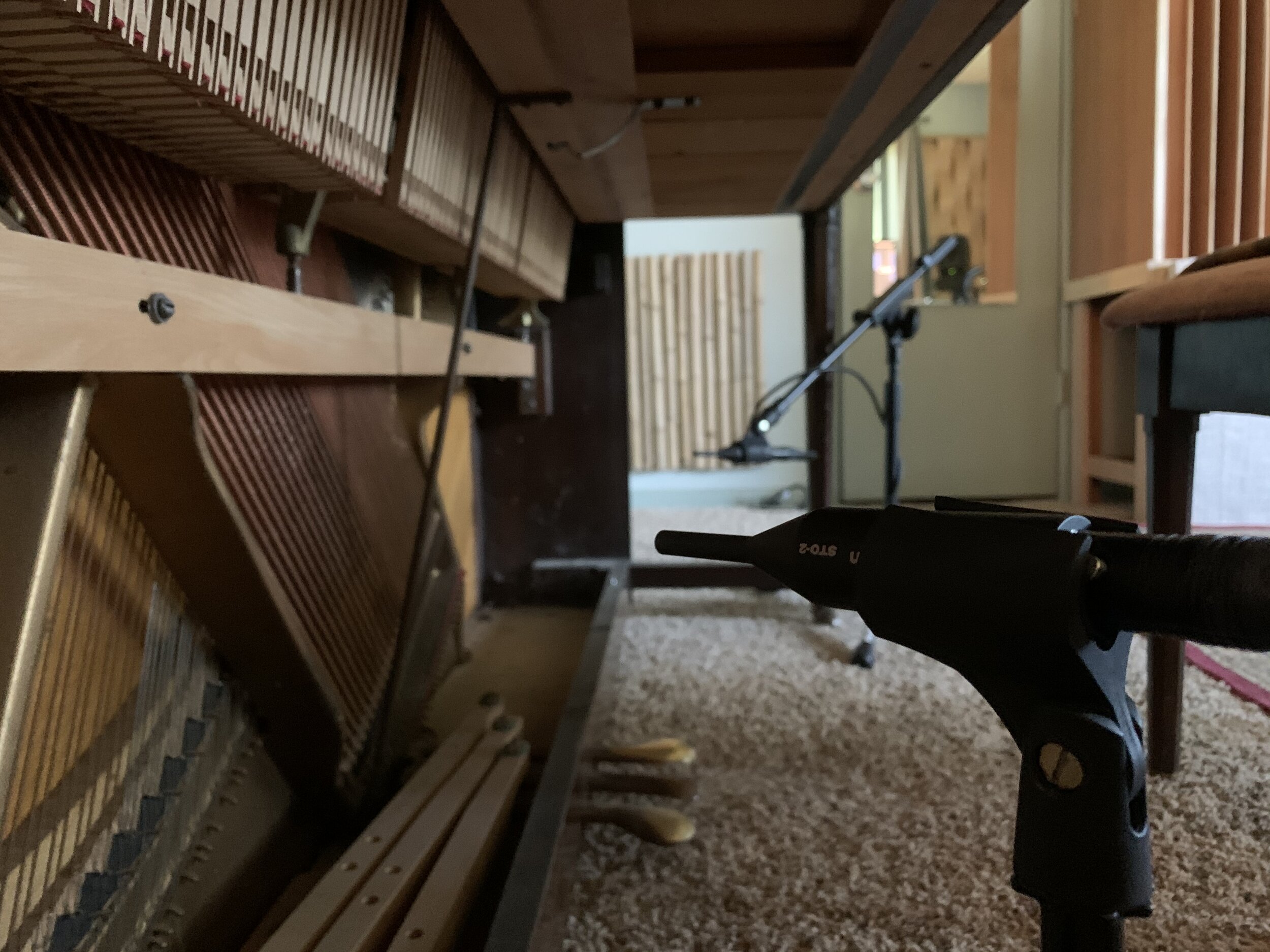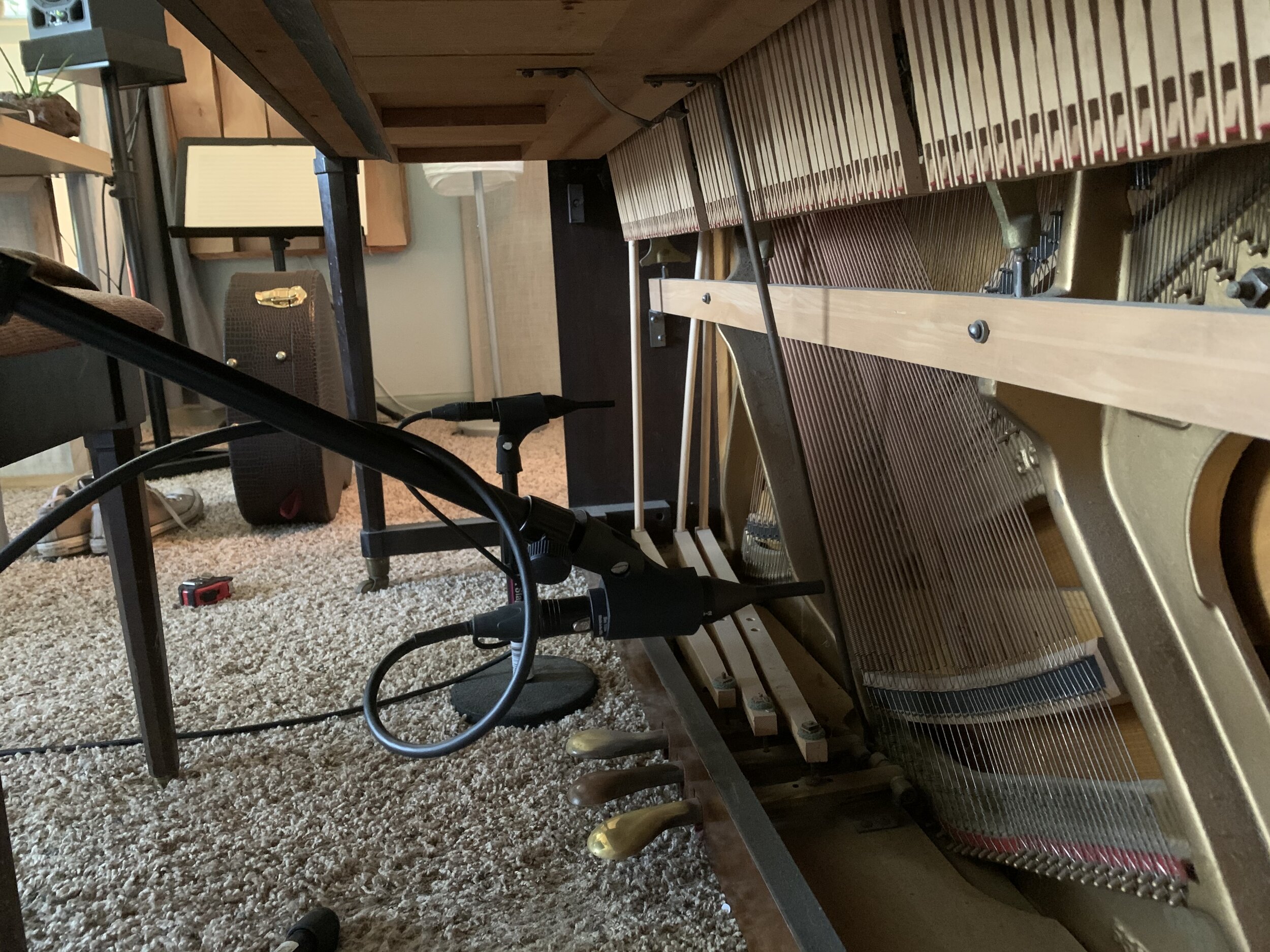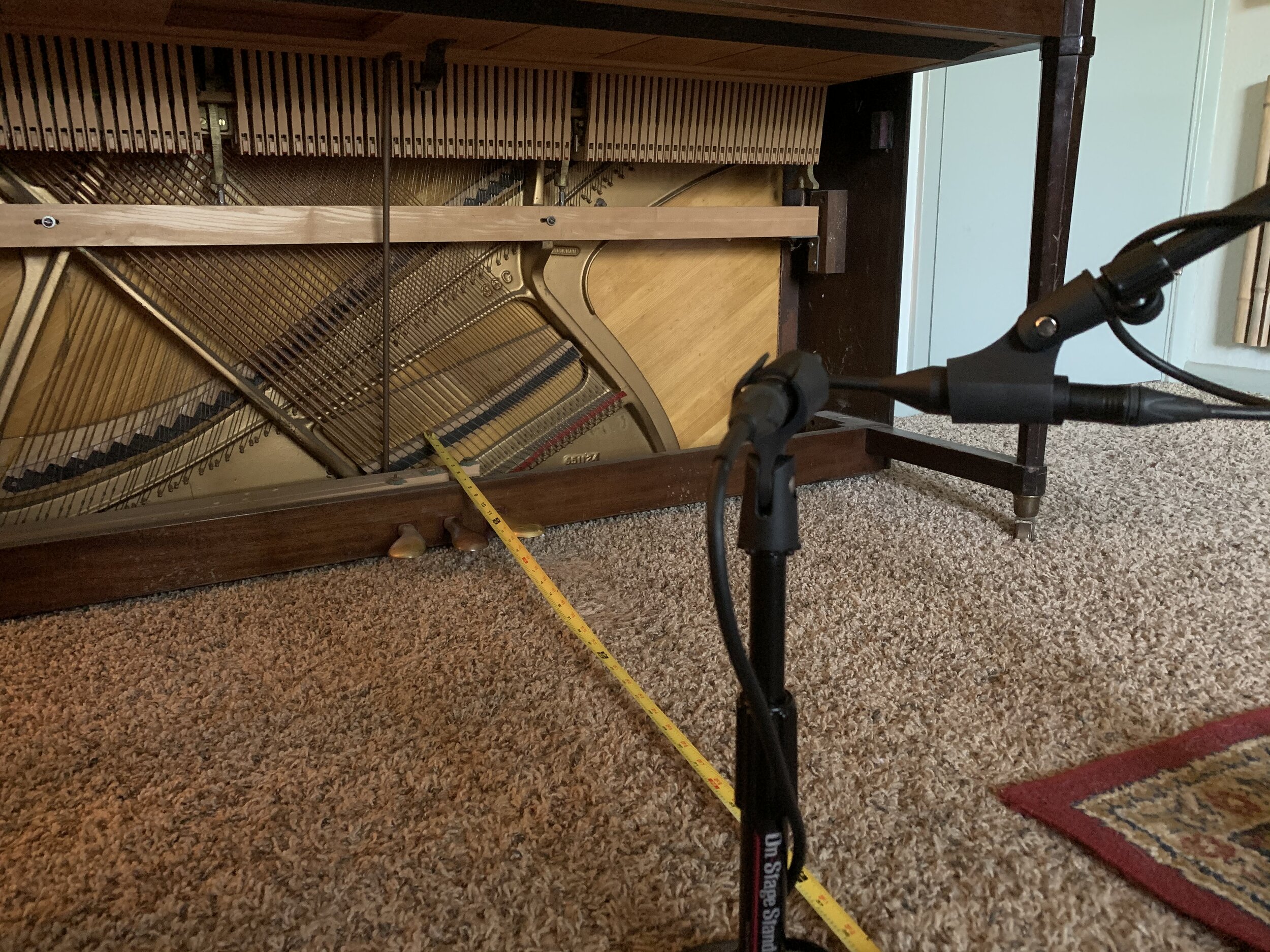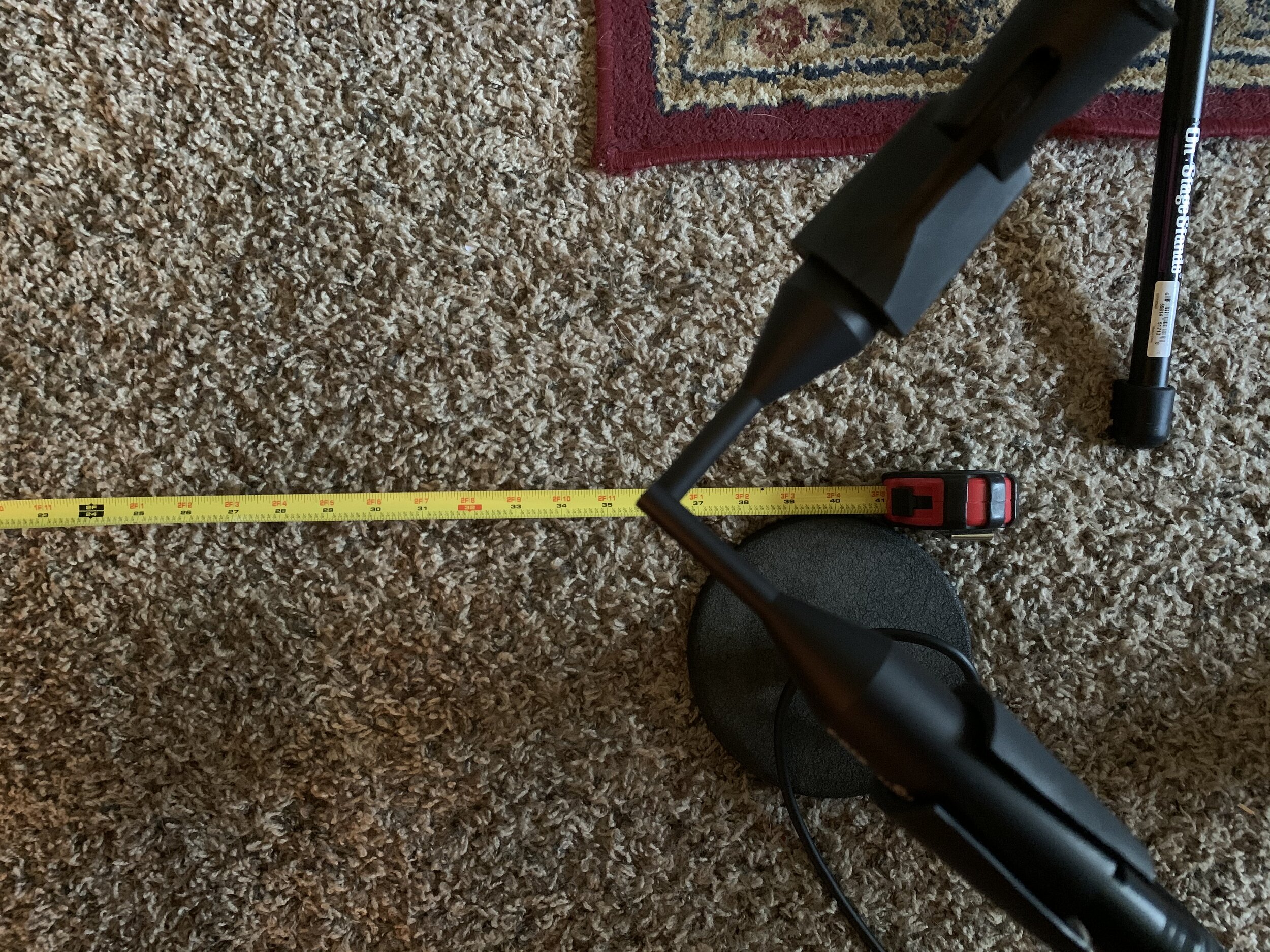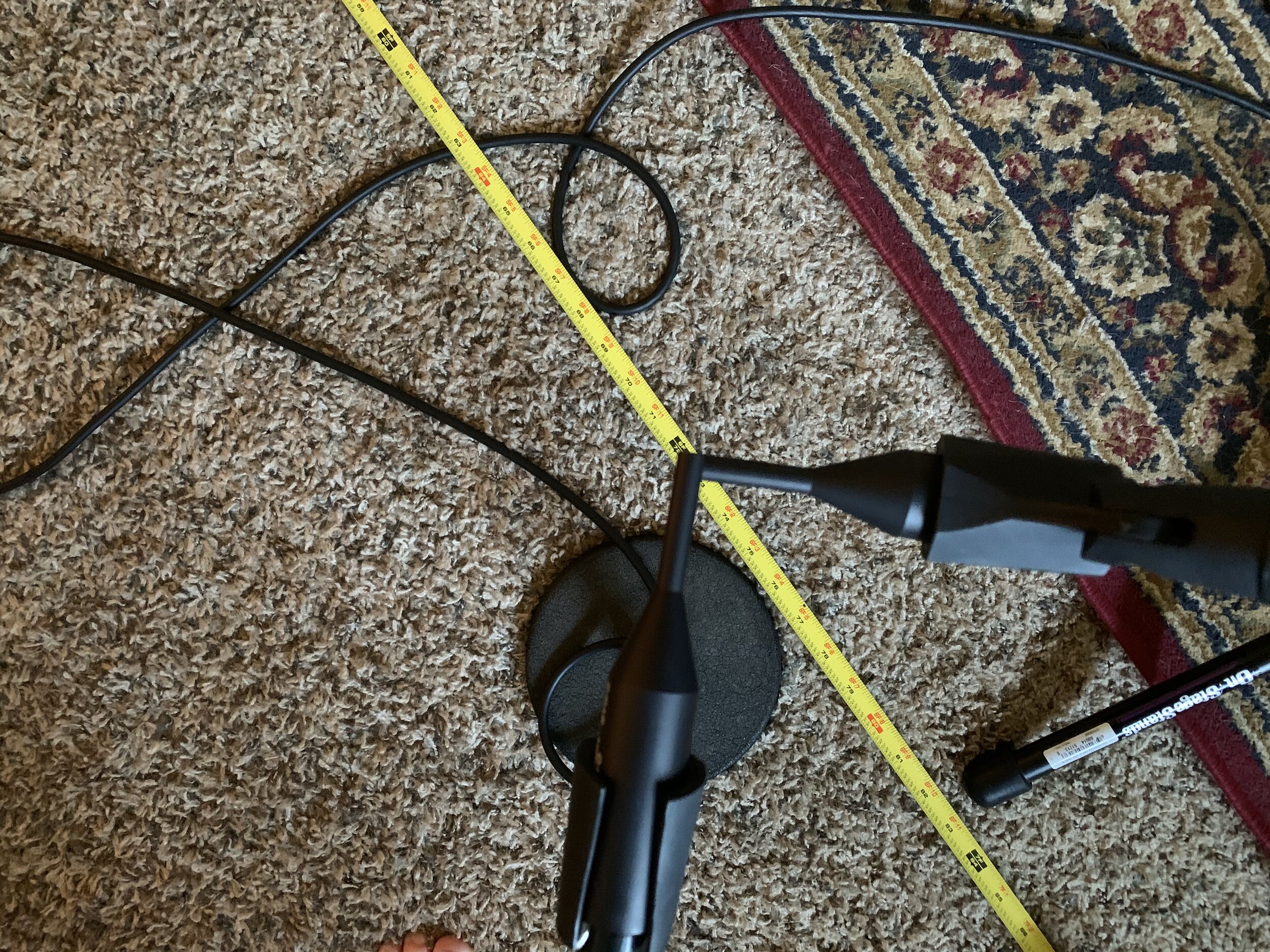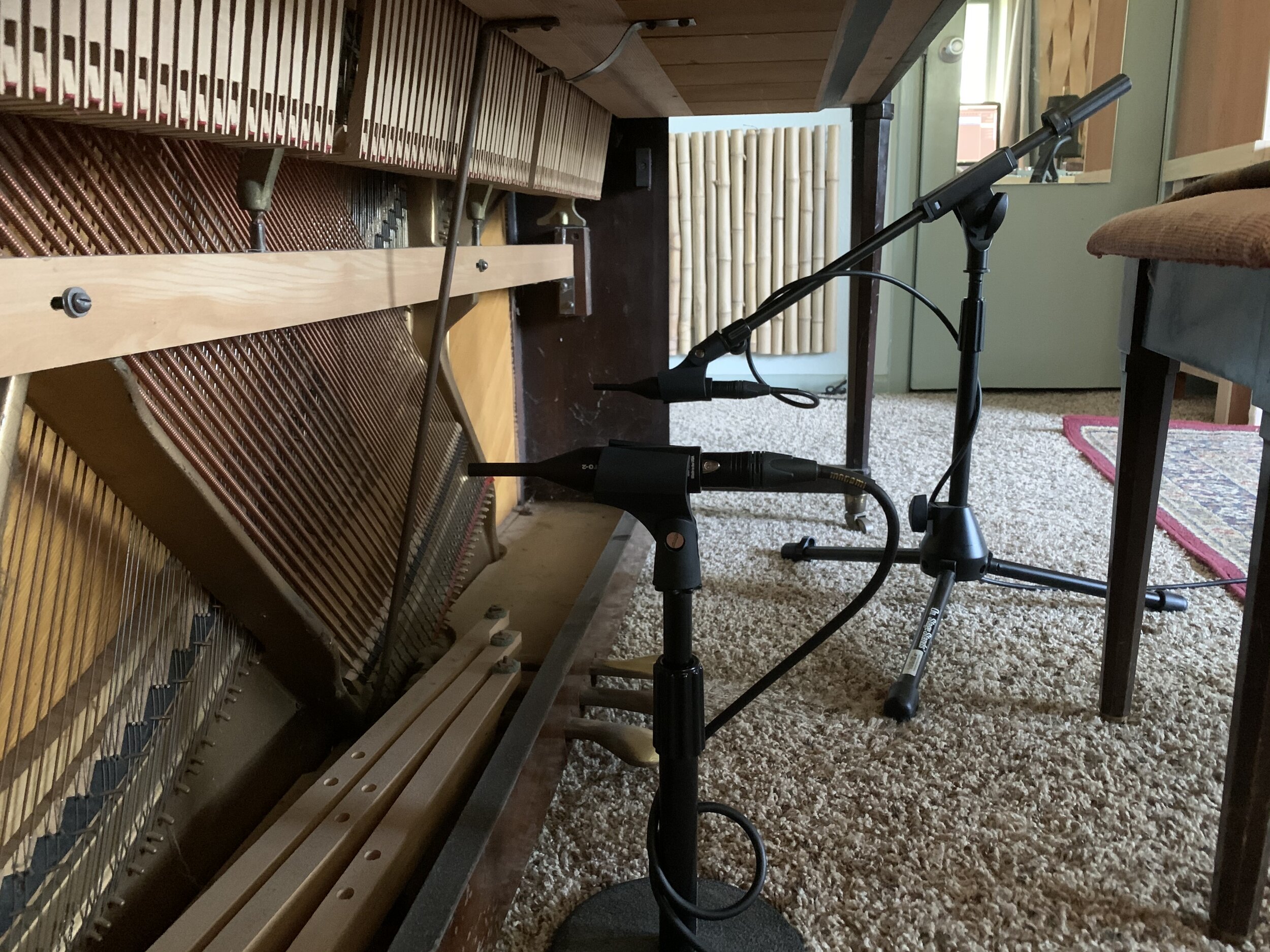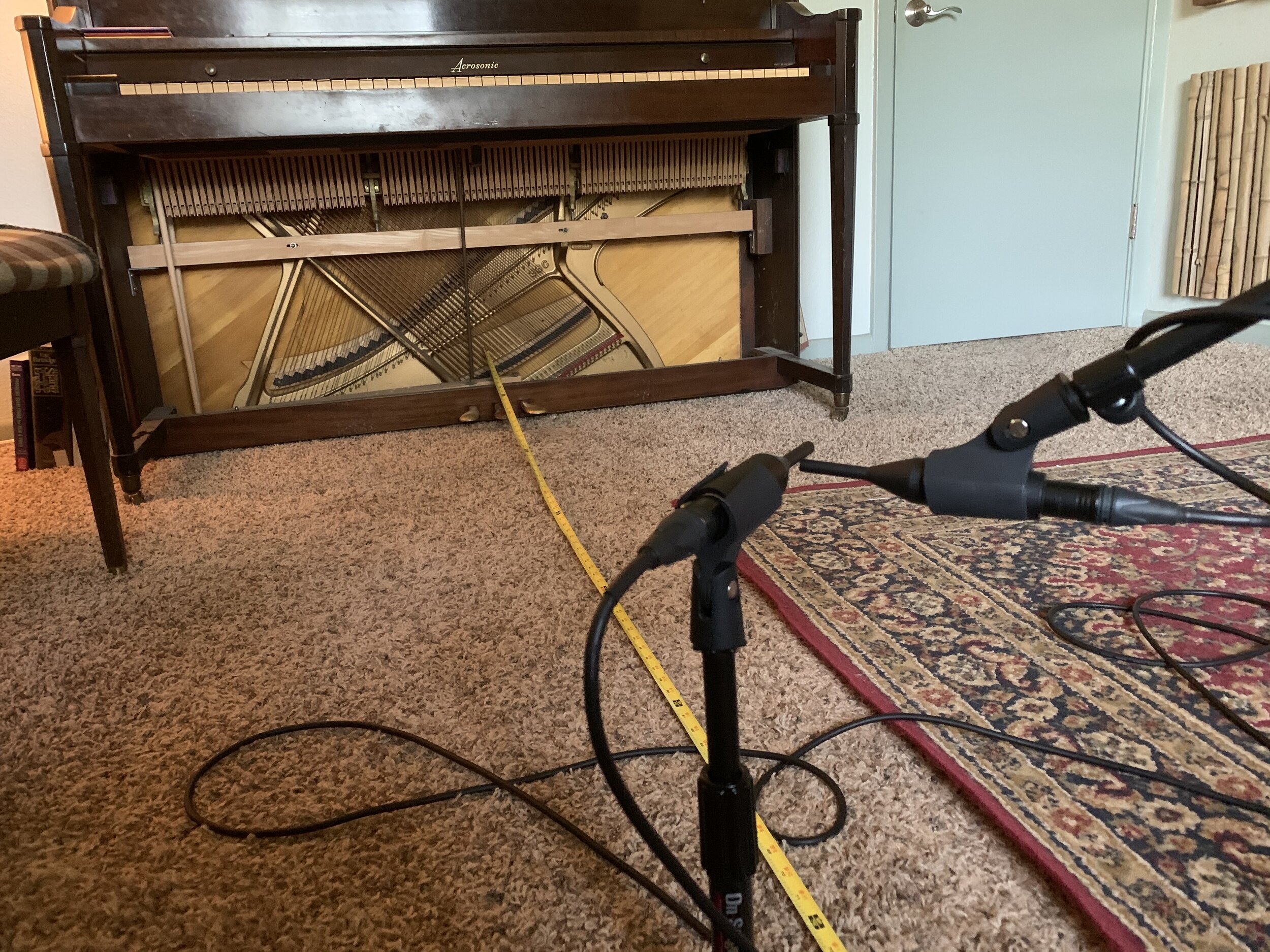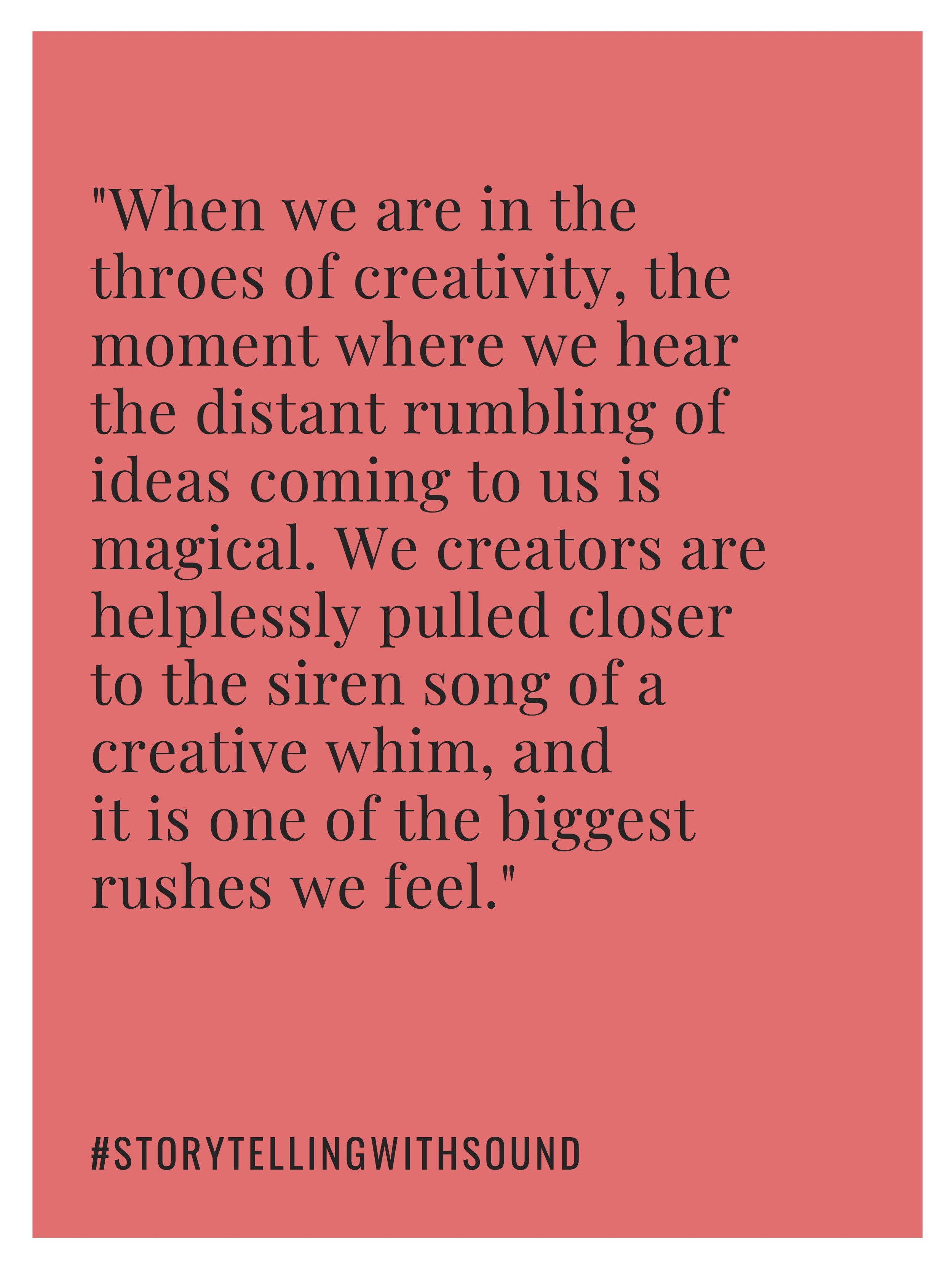I've been a big fan of the Avenson Audio STO-2 stereo pair since 2005. I met Brad Avenson at a party years ago, and he is still such a nice guy. When I ordered the STO-2 pair from them recently, one of the guys there said they could send me a pair to use while I’m waiting for my very own pair to come along. He apologized because COVID-19 had basically disrupted how fast they could get mics done. Stellar customer service. Plus, they’re Texas peeps, so I was cool hanging for the time being.
Were the mics worth the wait? Yup. Totally.
The STO-2’s are mics that I’ve wanted for years because I first experienced them on a piano part I was recording in the Bubble, Frenchie Smith’s old studio on East 7th street (he’s since moved). I thought the mics sounded magical. They are pure mics, completely transparent. Seeing as how I didn’t have any mics that just picked up sound and replicated it perfectly (it annoyed me that I never heard what I wanted to hear when I used any of my old mics), the STO-2’s were on my list for years.
I recently got paid for a composing gig, so I decided to get the STO-2’s. What a treat!. First off, This is the box they came in:
Hard not to feel like royalty when I open the box. Also, they look like the tiny gun from Men In Black that packs a whollop:
The STO-2 On A Piano - Low
So now the tests!
All microphone tests were done via Mogami gold cables, the Audient iD44 interface, and was recorded 48/24. No processing was done to preserve the details of the microphones themselves (ie, no compression or EQ).
6 Inches From Source, 18 Inches Apart, Direct
I particularly like the stereo spread on this one, though my pedal needs a little oil. The direct sounds very present.
6 Inches From Source, 18 Inches Apart, 45 Degrees
Notice how this is just a tiny bit more mellow? I like this one the most. Feels great.
6 Inches From Source, 46 Inches Apart, Direct
Super wide stereo spread on this one. You can hear the squeaky pedal in the left.
1 Foot From Source, 36 Inches Apart, Direct
I like how the sound has a little bit more time to develop on this length. Still, the STO-2 manages to carry the weight nicely.
1 Foot From Source, 36 Inches Apart, 45 Degrees
A little more demure, a bit shy, which is something I like in sound! It could fit in beautifully.
1 Foot From Source, 50 Inches Apart, Direct
Really love this one. It has this incredibly large field of sound, and it’s given time to bloom.
3 Feet From Source, XY
Though the stereo field is not as pronouced here as it was in the previous examples, this type of configuration could work great in the right situation.
4 Feet From Source, XY
Starting to capture more of the room on this one. I think that the carpet started to dissipate the sound of the piano blooming towards the mics.
5 Feet From Source, XY
Gorgeous. I like this sound a lot more. It’s so far in the back of the audio bubble. It could really fit if I wanted a piano further back in the recording.
6 Feet From Source, XY
A little noisier than all the others. I was a bit careless with the preamps, but oh well. I like how the sound comes together none-the-less. It really gives the impression of sitting in the room without any hype. How many mics can do that?
Wow, I want to test more!
I am excited about these mics! They are solid so far, and I only tested them on the bottom of a piano so far. I want to do some tests on the top of the same piano, and will do so when my stereo bar arrives in the mail.
I’m smitten with the STO-2’s. So happy!!!




